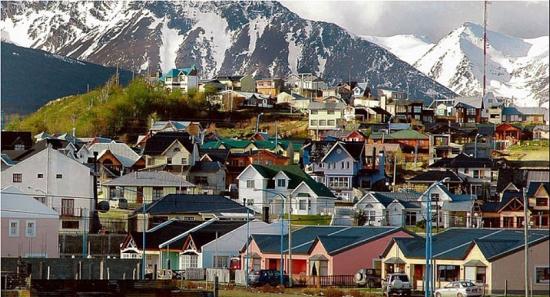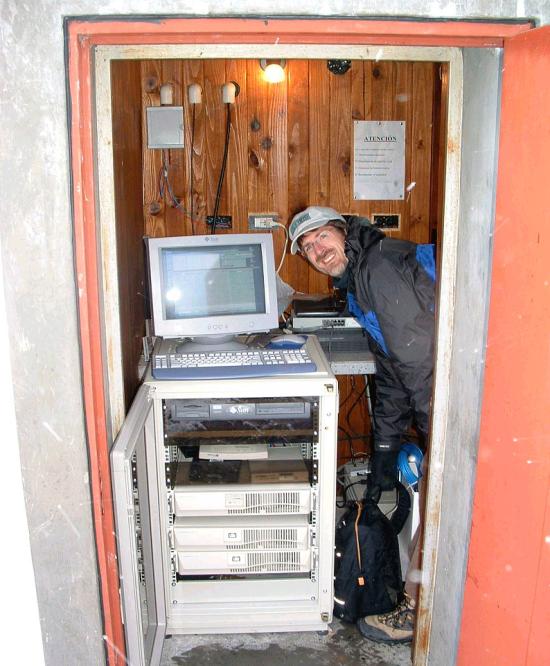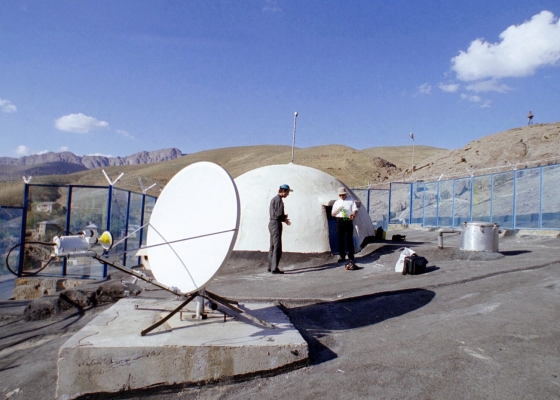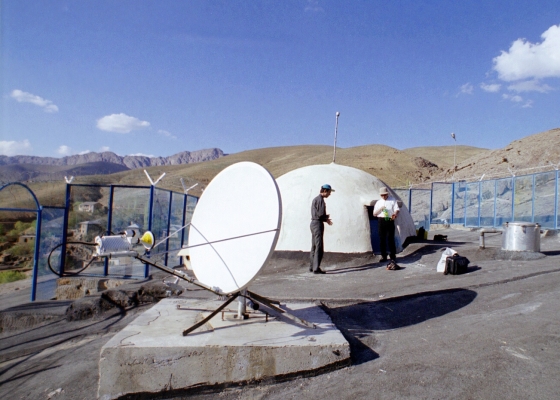AS002, Ushuaia, Argentina
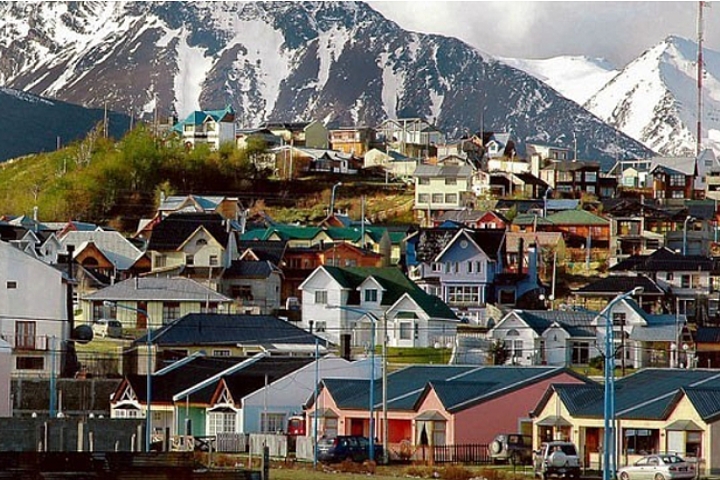
Ushuaia
The town was originally build by prisoners.
Initially centred around a prison for serious criminals, it followed the example of the British in Australia or the French on Devil's Island: escaping from a Tierra del Fuego prison was virtually impossible. The prisoners thus became forced colonists, spending their time cutting wood in the forest near the prison and building the town.
Geography and Weather
Located on the southern coast of the Beagle Channel and surrounded by the Martial mountain range to the north and Mounts Olivia and Cinco Hermanos to the East, Ushuaia offers a unique landscape, which combines mountains, glaciers, forests and the sea.
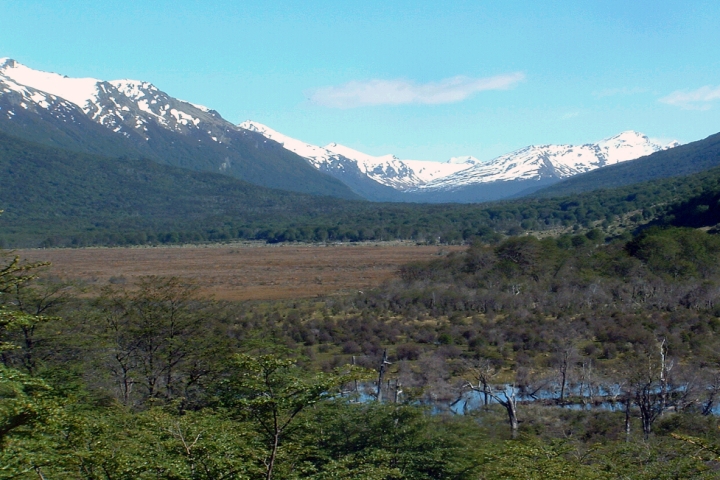
Ushuaia has a sub polar oceanic climate and is very wet with an average of 160 rainy days a year.
Outside AS02 station in summer.
Mandate of Auxiliary Seismic Stations
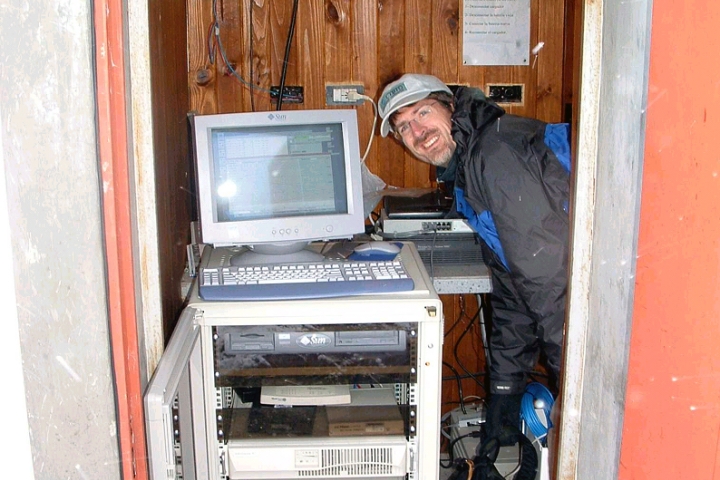
Inside the station.
Station Profile
Access can be more challenging in winter...
IMS Station Location
...forcing our service team to resort to other means of transport.
